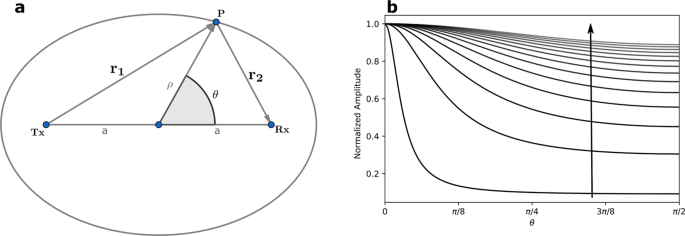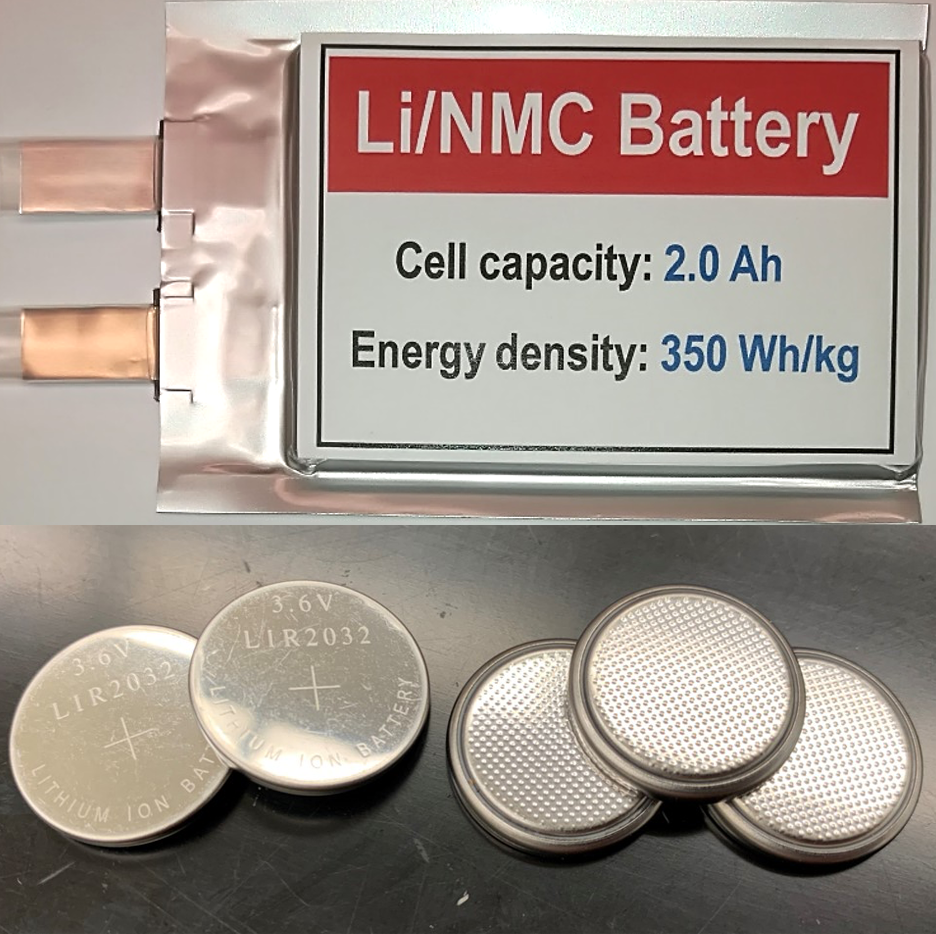2021-07-01 アメリカ合衆国・カリフォルニア大学サンタバーバラ校(UCSB)

・ UCSB とスイス連邦工科大学ローザンヌ校(EPFL)が、シリコンチップに半導体レーザーとマイクロ共振器をヘテロ集積したソリトンマイクロコムを開発。
・ UCSB による 15 年前のシリコンウェハーへのレーザー集積技術の開発以来、シリコンフォトニクスの研究と商業化が進展。データ通信量が毎年約 25%増量していた当時、データセンターのサーバーを接続する銅ワイヤのインターコネクトを代替してエネルギー効率を飛躍的に向上させた。
・ UCSB で は 、 米 国 国 防 高 等 研 究 計 画 局 (DARPA) の Direct On-Chip Digital Optical Synthesizer(DODOS)プログラムを通じて EPFL との共同研究を数年にわたり実施している。
・ 近年では半導体レーザーチップと窒化シリコンのリング共振器を近接配置した極めてコンパクトなコムが実証されているが、レーザーと共振器は、スケールアップが難しい高コストで時間のかかるプロセスで個別に製造されている。
・ ソリトンマイクロコムは、相互にコヒーレントなレーザー発振線を放出する光周波数コムで、高出力・高コストなレーザーと高度な光カップリングを必要とする強力なツール。近年ではマルチテラビット光通信、LiDAR やニューロモーフィックコンピューティング等で利用されている。
・ 半導体レーザー(リン化インジウム)と共振器(窒化ケイ素)のそれぞれに異なる材料のプラッフォームの課題を、シリコン基板上に高性能レーザーを作る USCB のヘテロ集積プロセスと、EPFL の「フォトニック・ダマシンプロセス」による超低損失、高い Q 値の窒化ケイ素マイクロ共振器を組み合わせて解決した。
・ デバイスを個別に製造して統合する従来プロセスと異なるこのようなウェハースケールのプロセスにより、業界標準の直径 200mm または 300mm 基板をさらに上回る製造レベルの、100mm のウェハー1 枚による数千個のデバイス製造が可能となる。
・ 通常ではレーザー性能を損なわせる戻り光を有効活用し、同期したレーザー光による共振器でのソリトンを発生と同時にノイズを低減。現在のコム線は約 20~30 本だが、エネルギー消費を低く抑えながら 100 本への増加を目指す。
・ 同技術は、様々な分野での光周波数コム利用における重要要素になり得ると考える。
URL: https://www.news.ucsb.edu/2021/020346/laser-breakthrough
<NEDO海外技術情報より>
(関連情報)
Science 掲載論文(アブストラクトのみ:全文は有料)
Laser soliton microcombs heterogeneously integrated on silicon
URL: https://science.sciencemag.org/content/373/6550/99
Abstract
Silicon photonics enables wafer-scale integration of optical functionalities on chip. Silicon-based laser frequency combs can provide integrated sources of mutually coherent laser lines for terabit-per-second transceivers, parallel coherent light detection and ranging, or photonics-assisted signal processing. We report heterogeneously integrated laser soliton microcombs combining both indium phospide/silicon (InP/Si) semiconductor lasers and ultralow-loss silicon nitride (Si3N4) microresonators on a monolithic silicon substrate. Thousands of devices can be produced from a single wafer by using complementary metal-oxide-semiconductor–compatible techniques. With on-chip electrical control of the laser-microresonator relative optical phase, these devices can output single-soliton microcombs with a 100-gigahertz repetition rate. Furthermore, we observe laser frequency noise reduction due to self-injection locking of the InP/Si laser to the Si3N4 microresonator. Our approach provides a route for large-volume, low-cost manufacturing of narrow-linewidth, chip-based frequency combs for next-generation high-capacity transceivers, data centers, space and mobile platforms.



